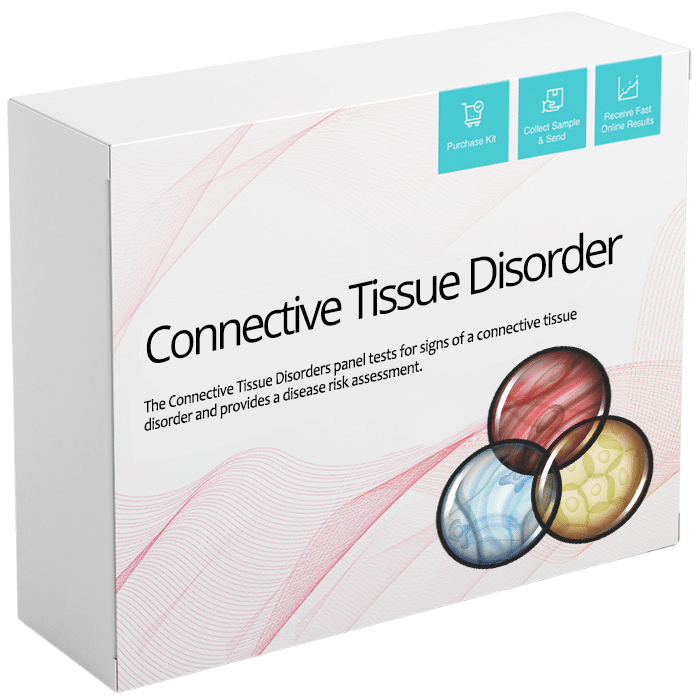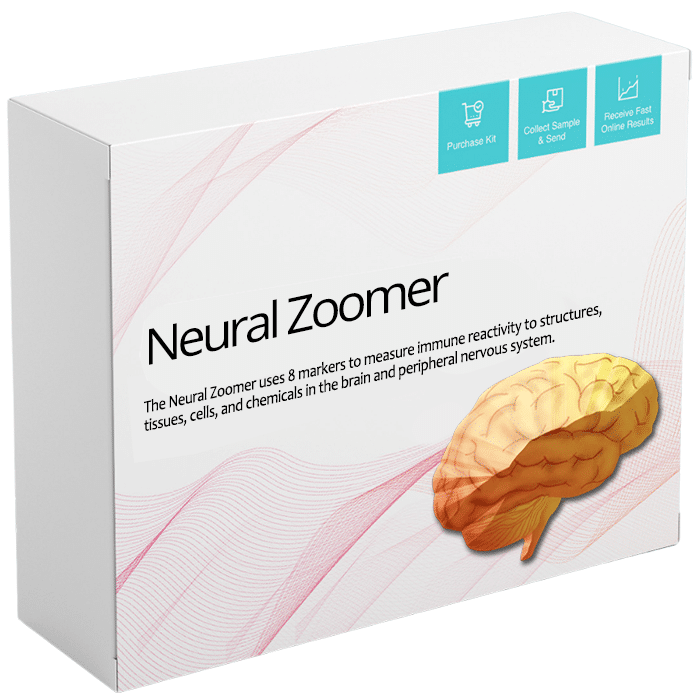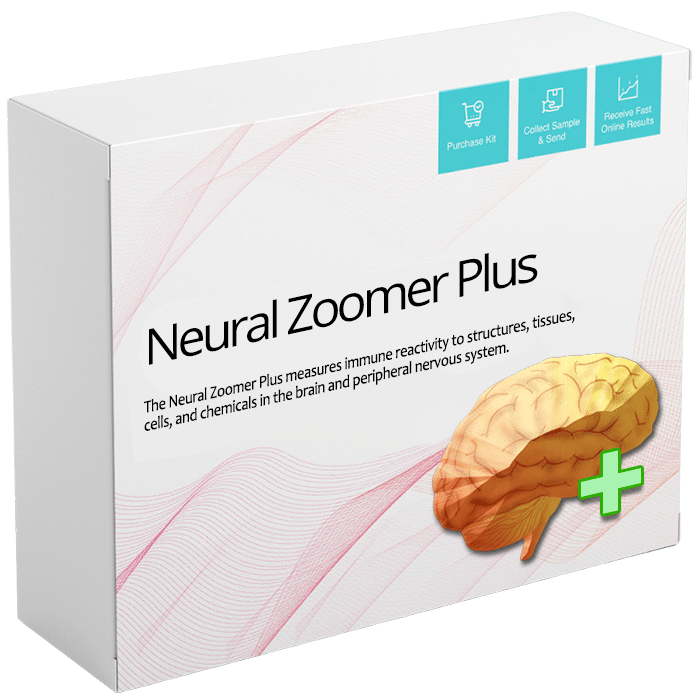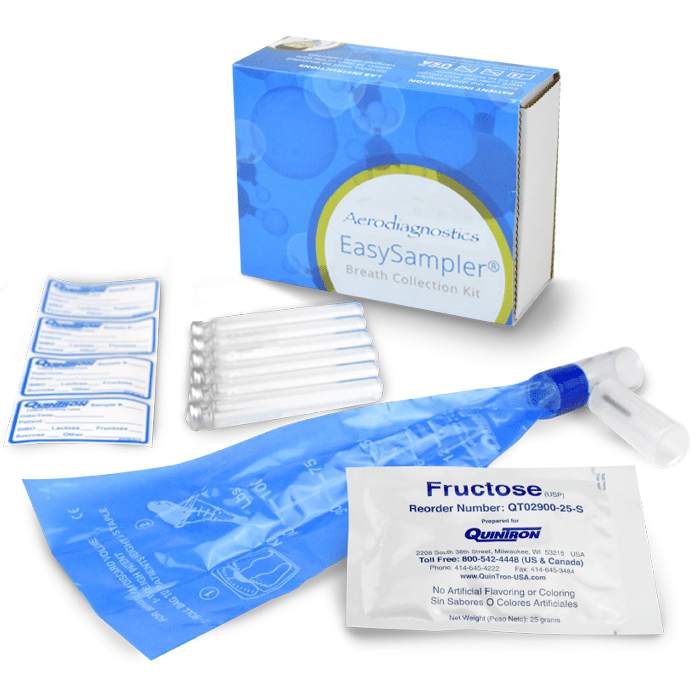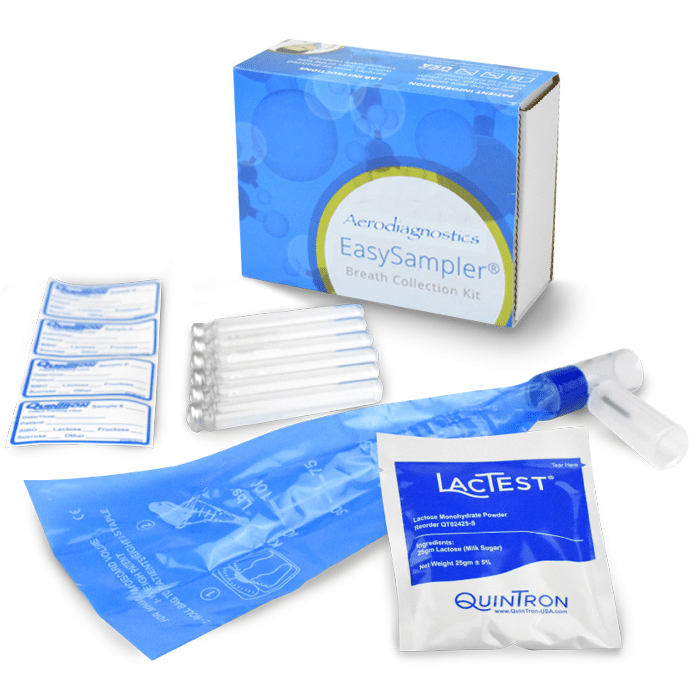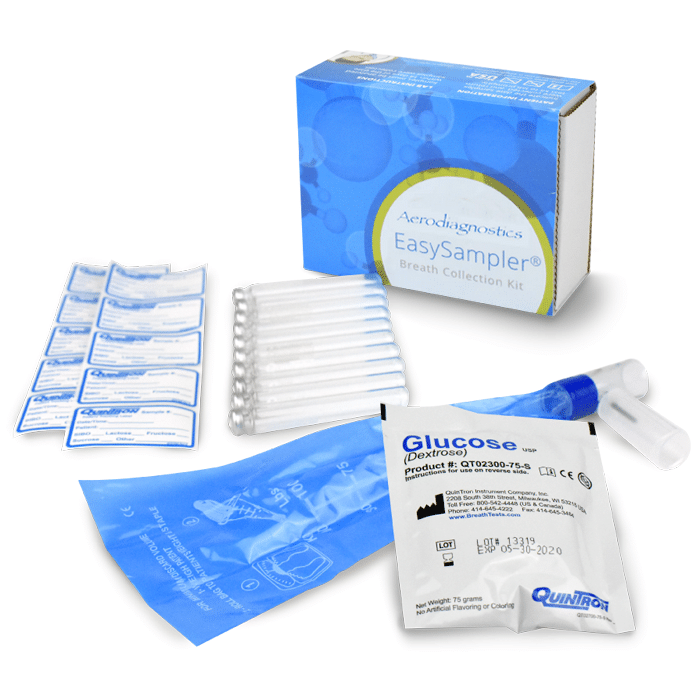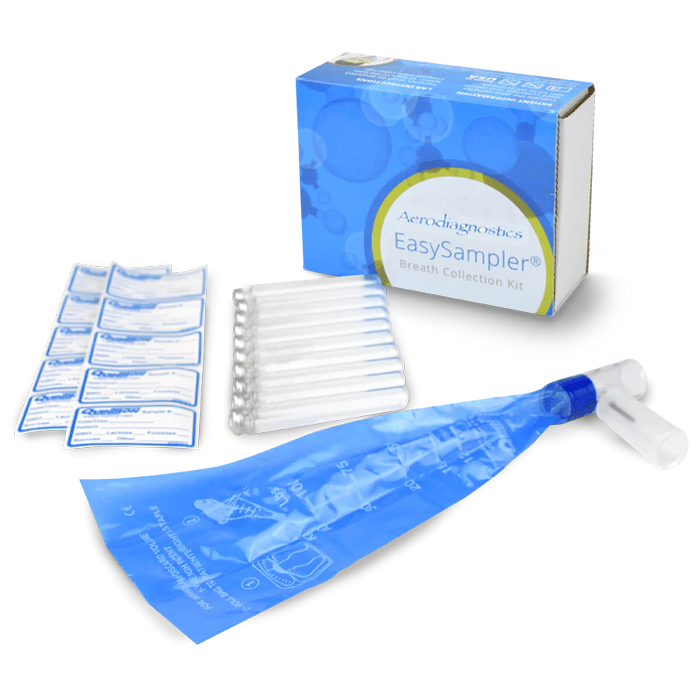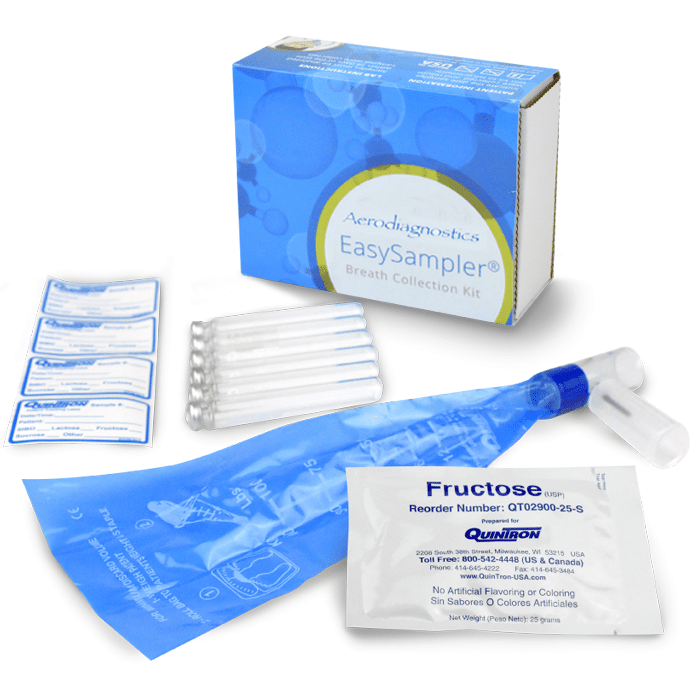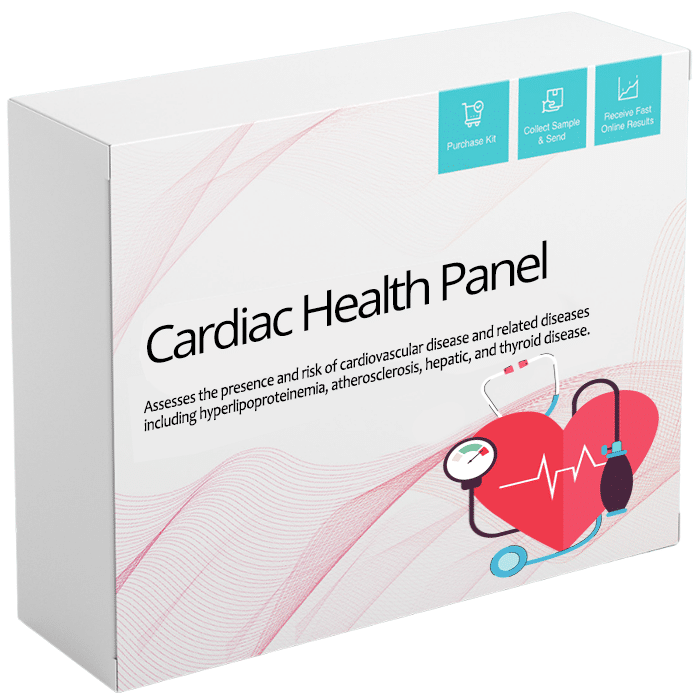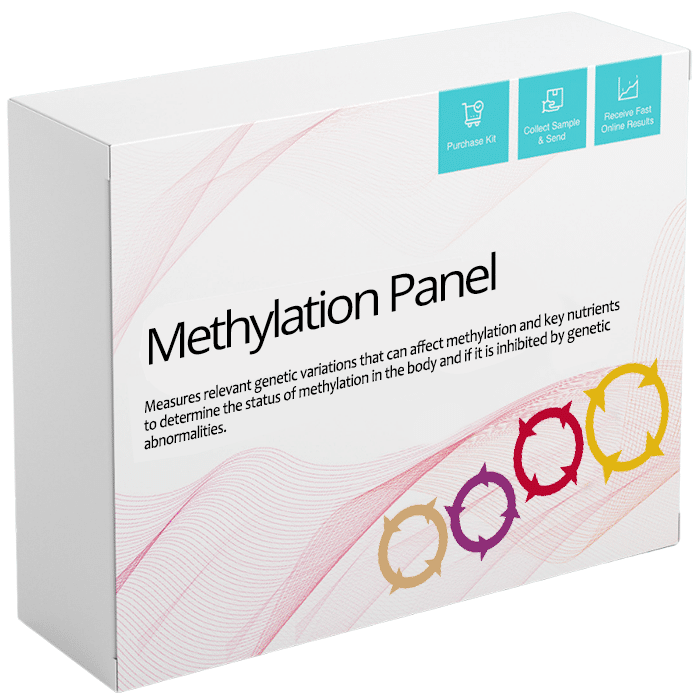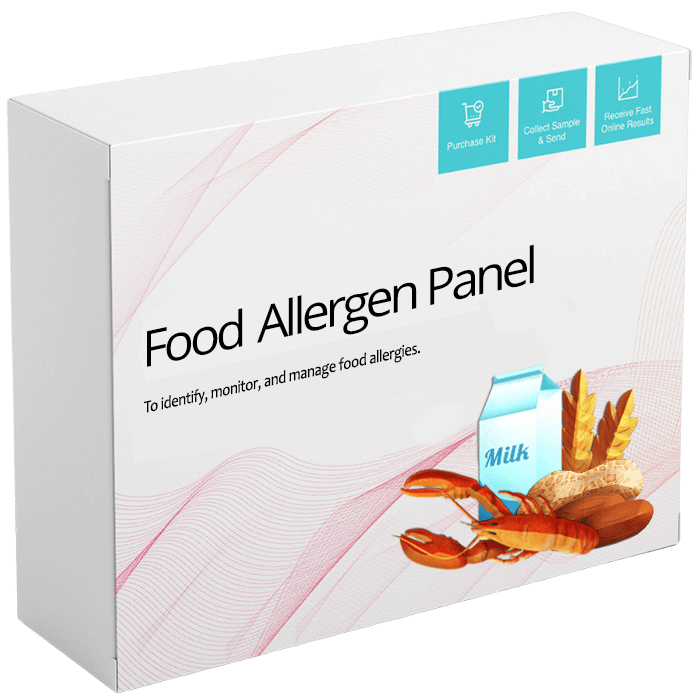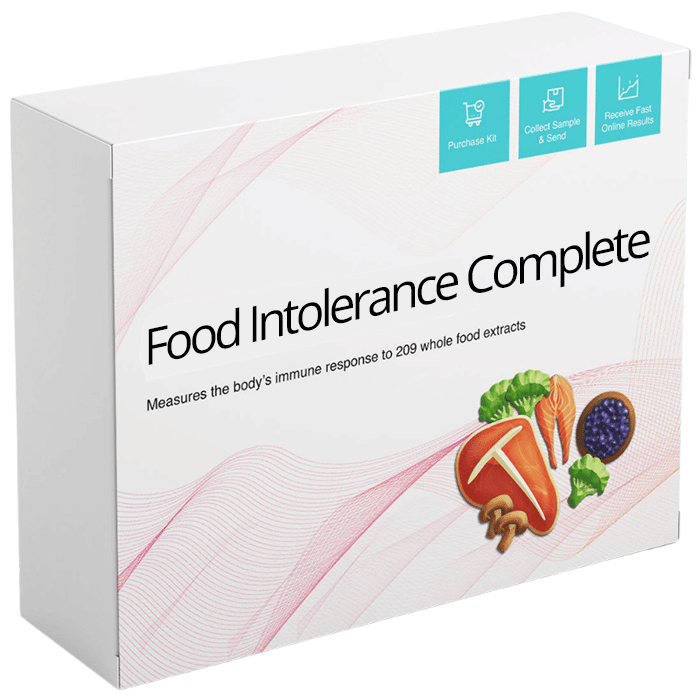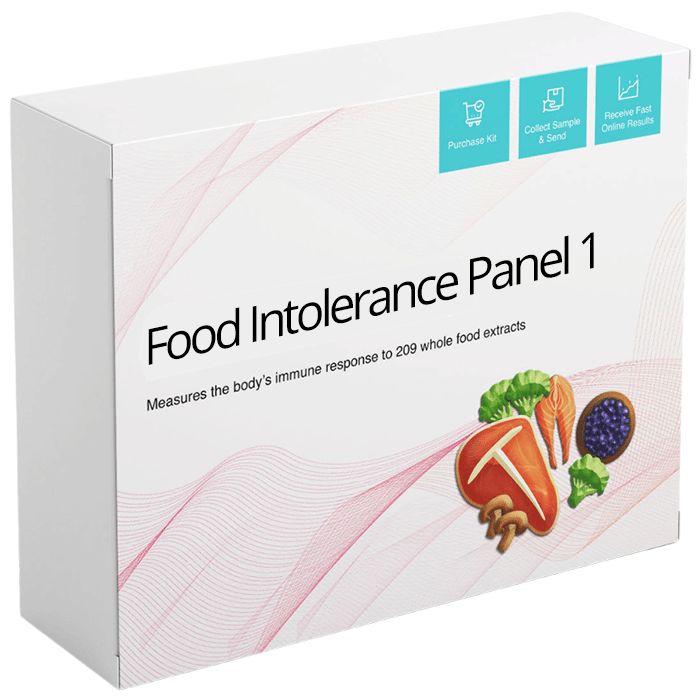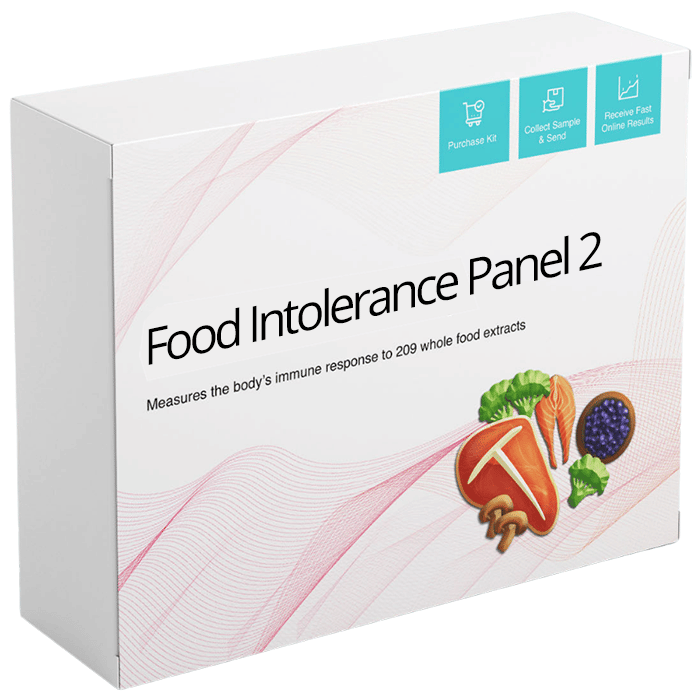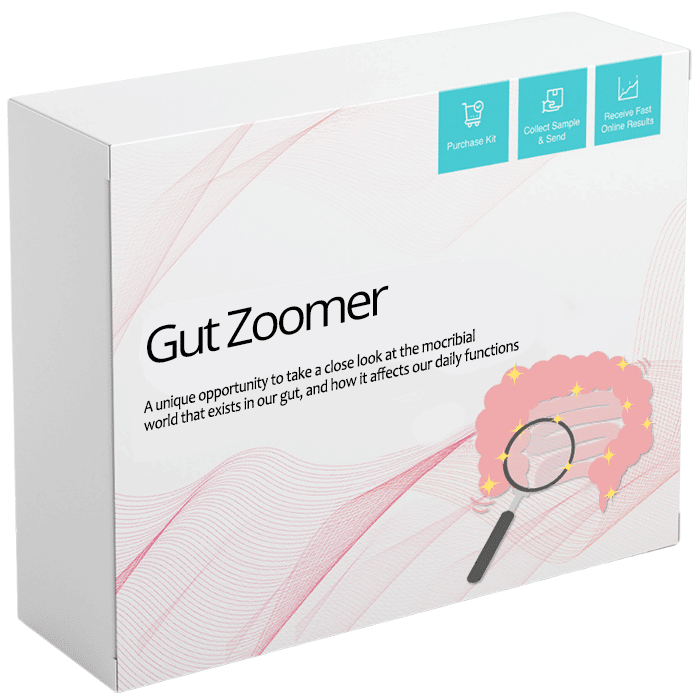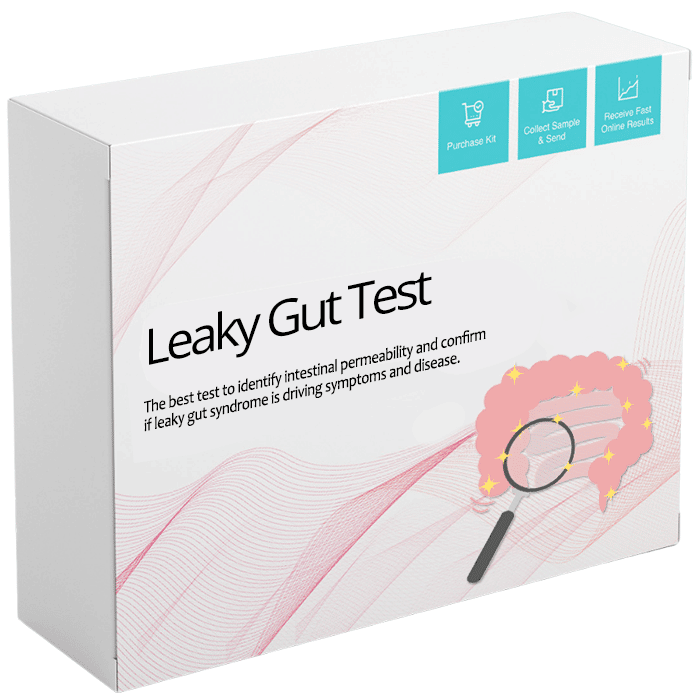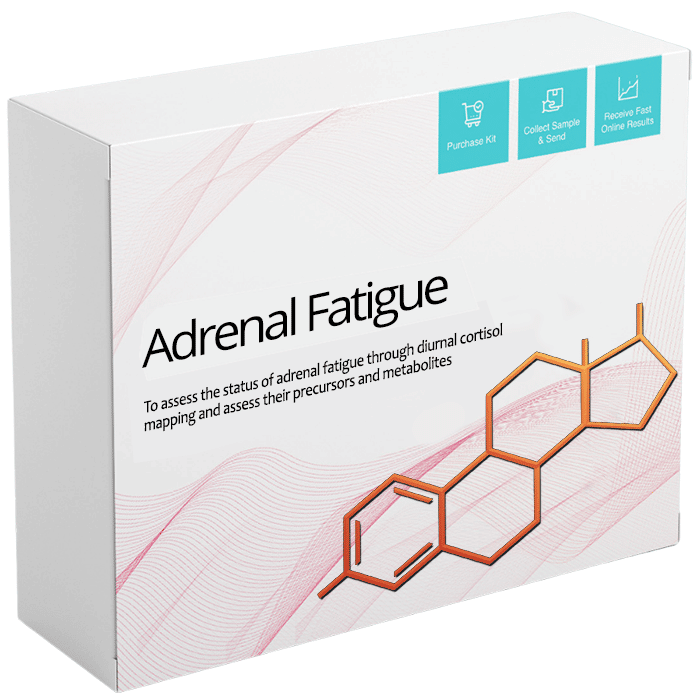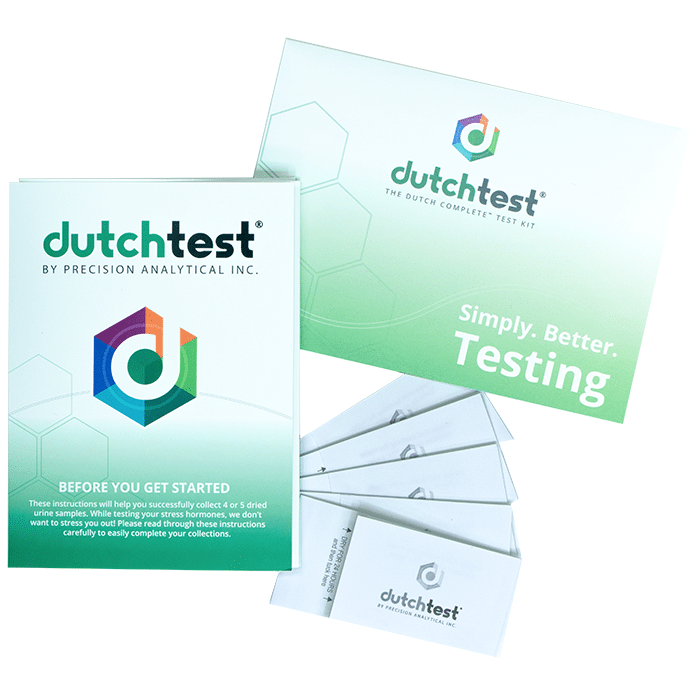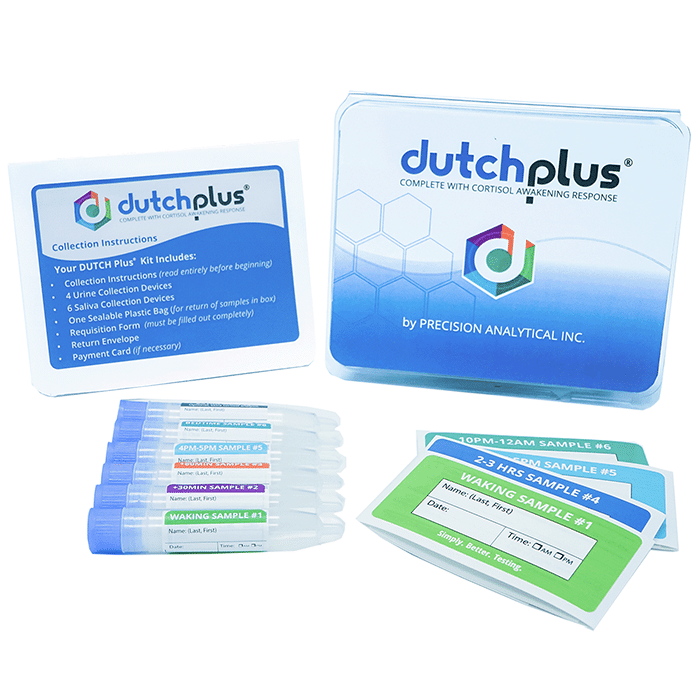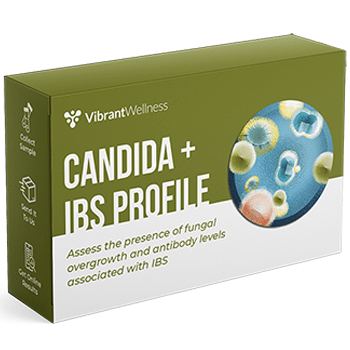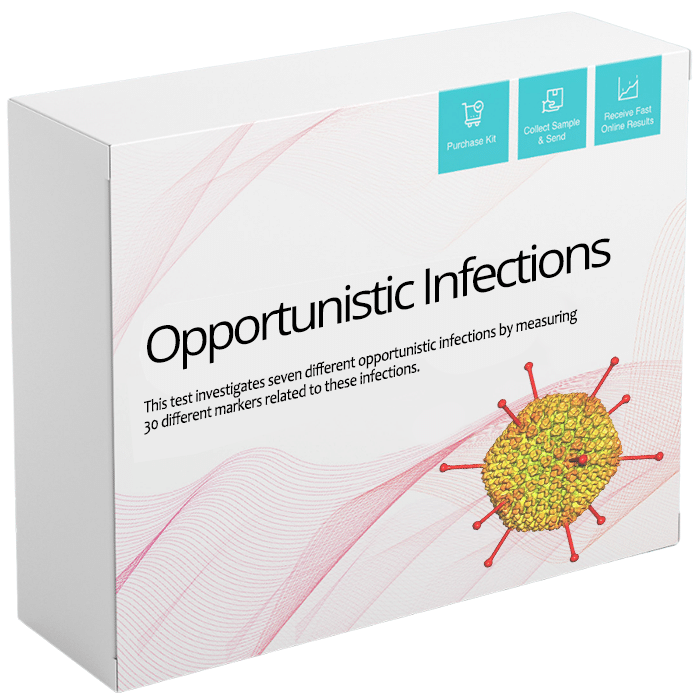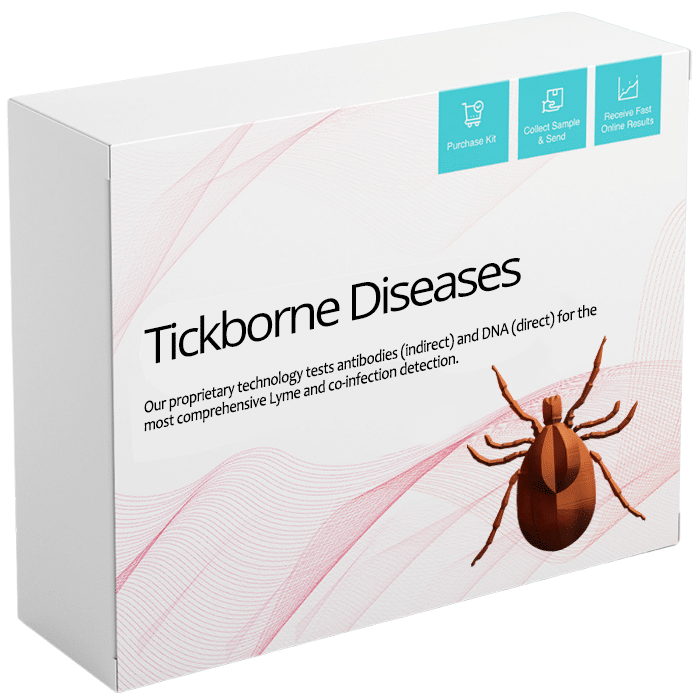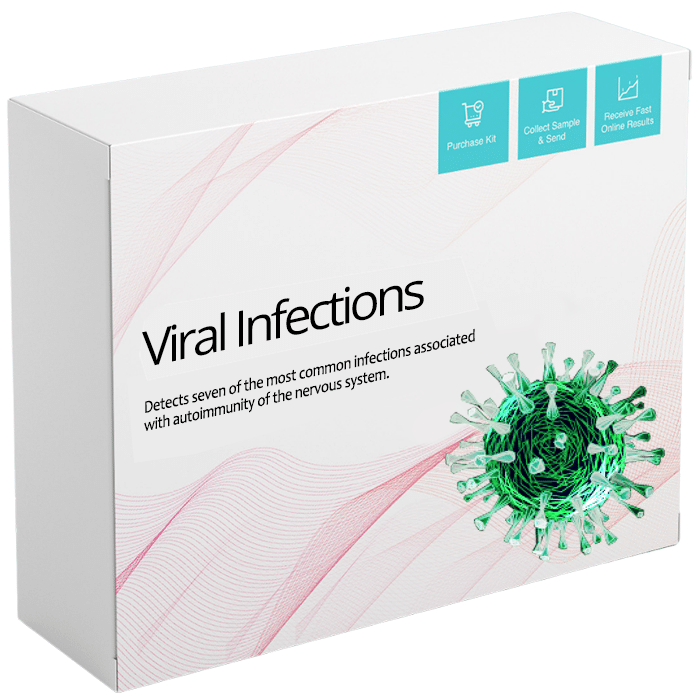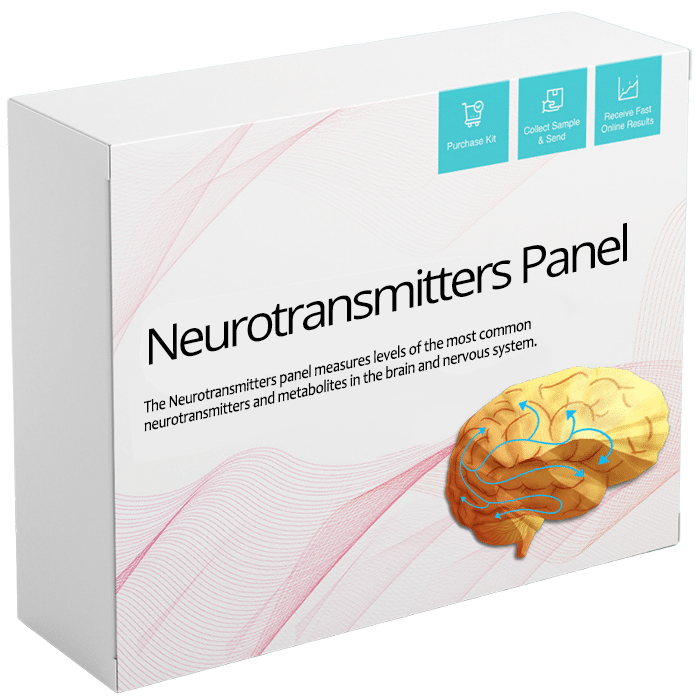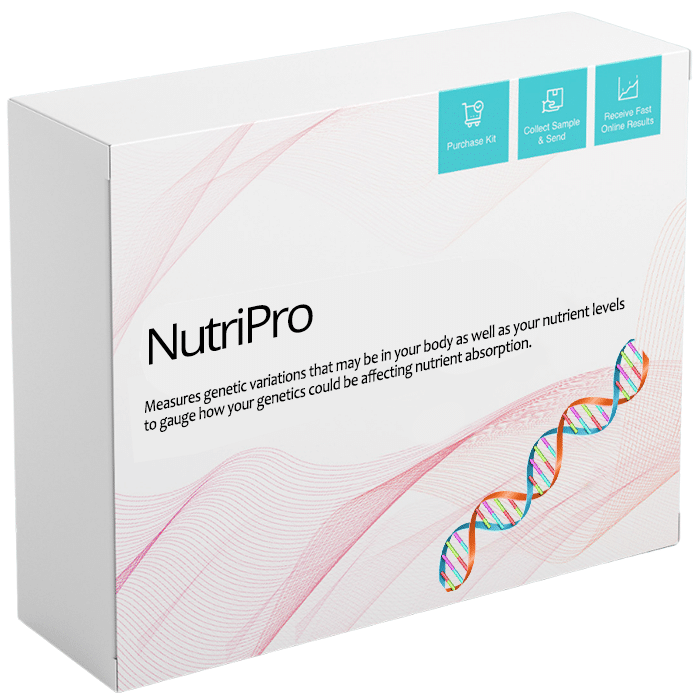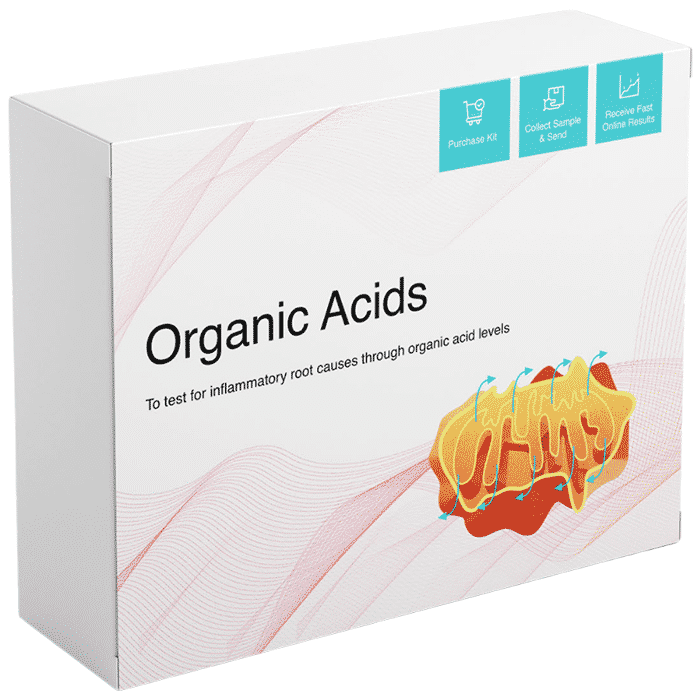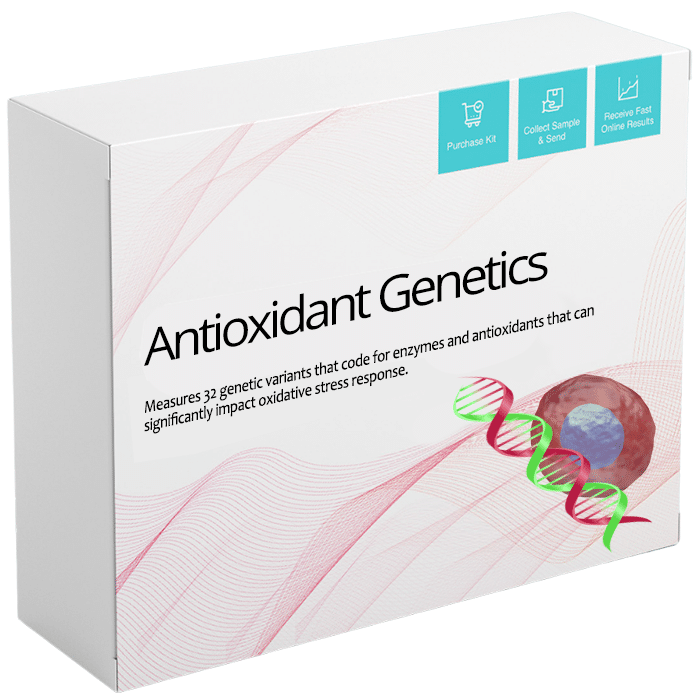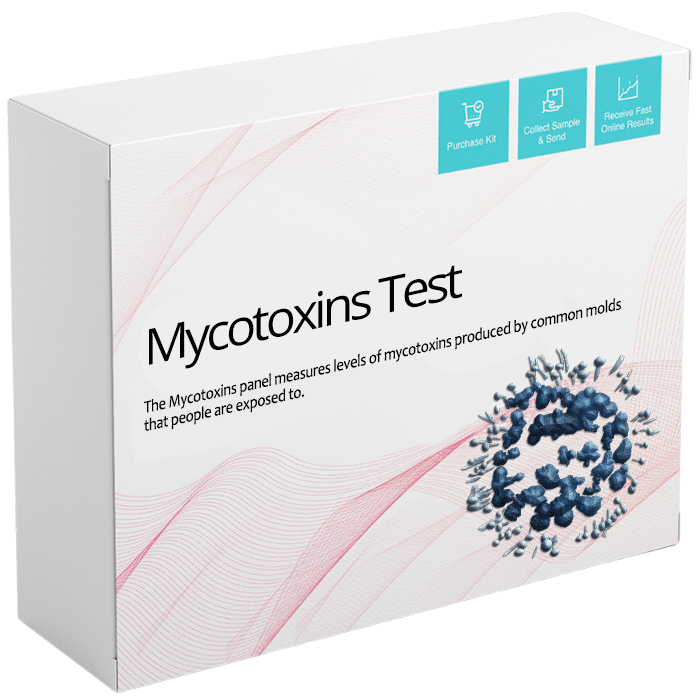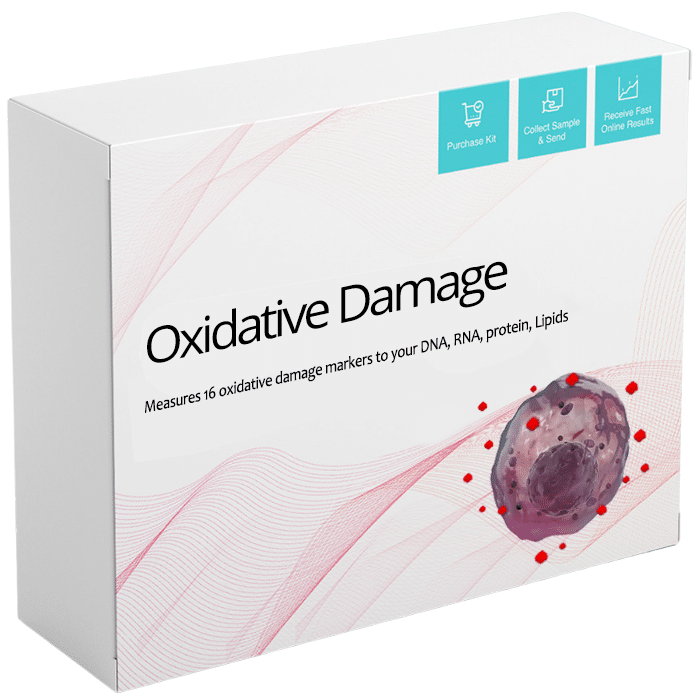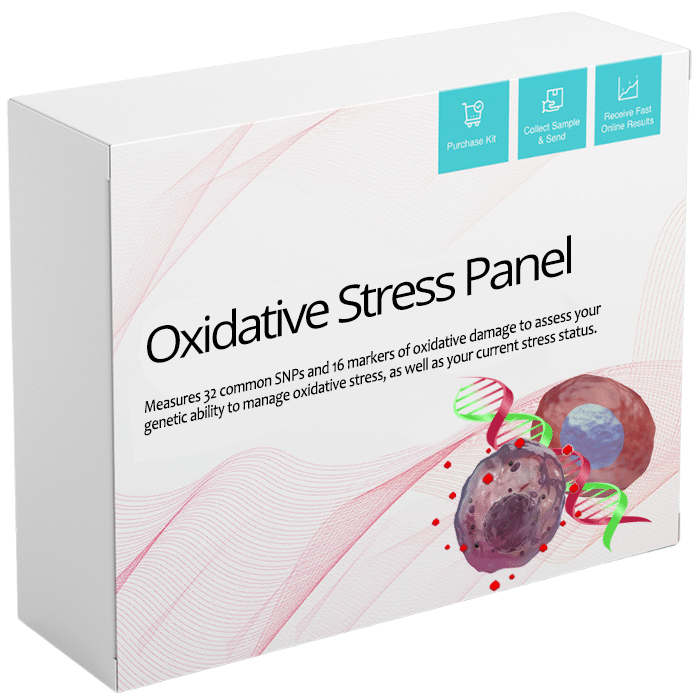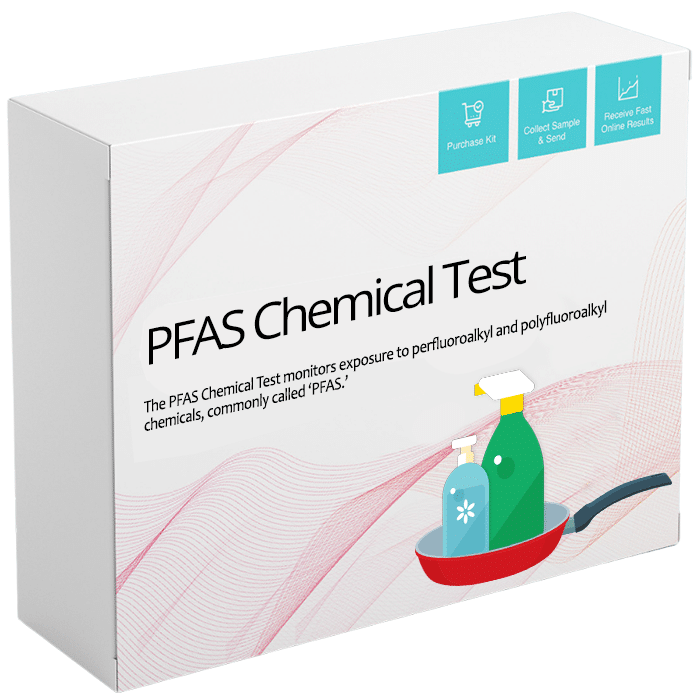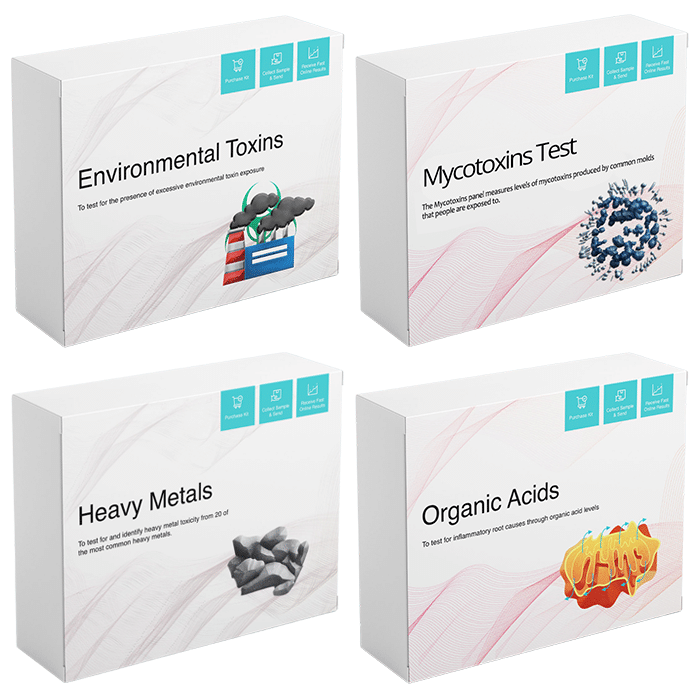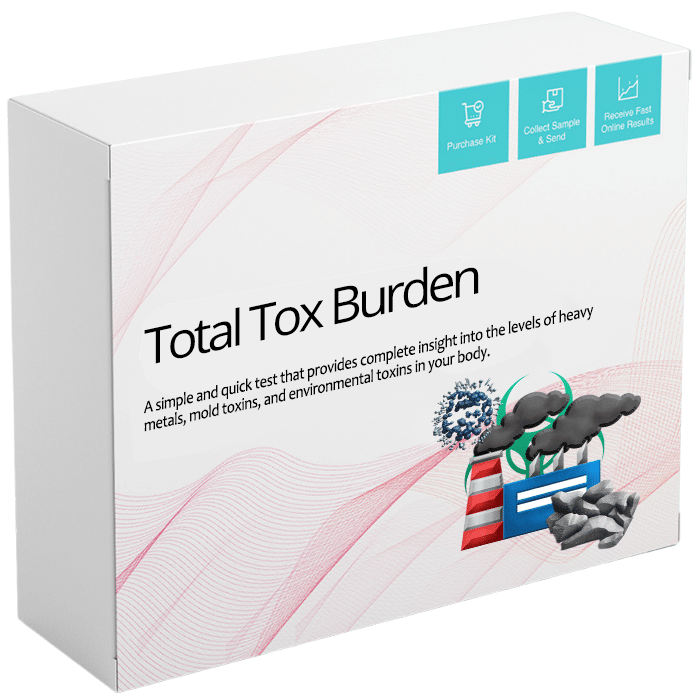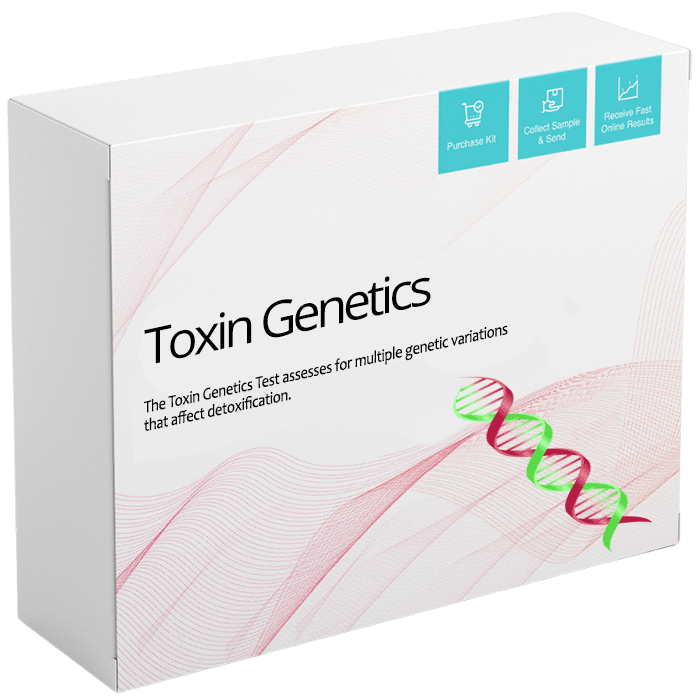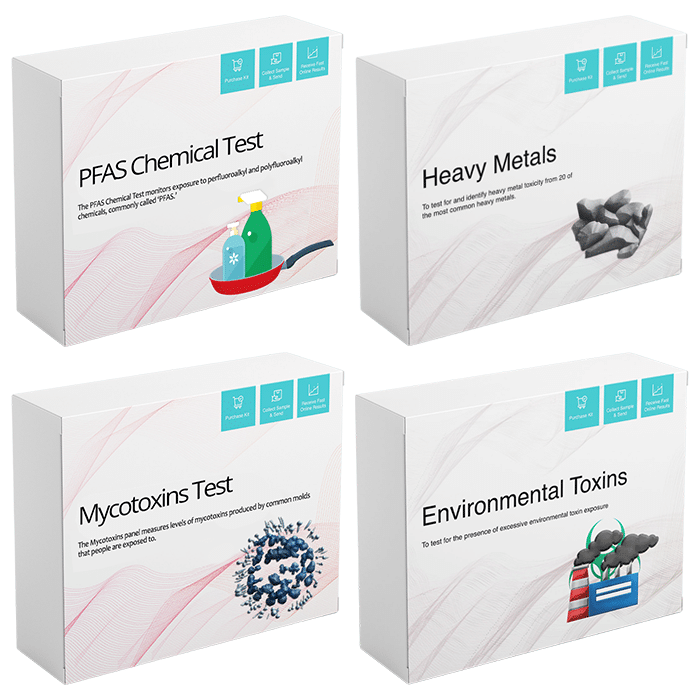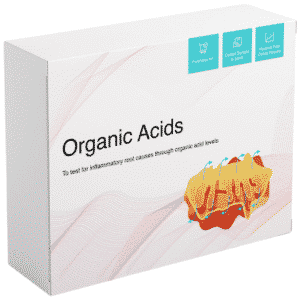Description
Food Intolerance Complete: At-home test, dried blood spot collection

Food Intolerance Complete, bundles the Food Intolerance Panel 1, Food Intolerance Panel 2 and Food Additives, and included IgG + IgA at a bundle savings to you!
The Vibrant Wellness 209 antigen Food Intolerance test uses FDA-approved antigen extracts only. These antigens are sourced from organic raw foods.
Testing raw food antigens is common and the most practical approach to identifying a patient’s response to a particular food. Cooking and processing foods can denature and change protein conformation. Different cooking methods, temperatures, and processing are extremely varied and are difficult and impractical to test in relation to an individual’s response to food.
Being able to test IgA antibodies provides additional information to foods that may be causing mucosal damage. Additionally, this test is ideal for people who might be suffering from delayed reactions to certain foods. Using an antibody-based food intolerance test can help prioritize the necessary foods to eliminate and create a customized diet plan around the patient’s specific needs.
Why Test Food Intolerances?
Food Intolerance testing can be very useful to help prioritize an elimination or rotation diet. Usually removing foods that the body has produced antibodies to will alleviate symptoms, because the source of inflammation is removed. The ideal time course for elimination is not established. Consider magnitude of antibody response, ½ life of antibodies, patient’s current dietary intake, level of motivation, status of mucosal integrity, and remission and/or progression of symptoms.
Symptoms
Food Intolerance Symptoms
If you have the following symptoms, you may be a good candidate for the Food Intolerance test:
- Gas
- Bloating
- Fever
- Fatigue
- Abdominal pain
- Diarrhea
- Constipation
- Headaches
- Brain fog
- Rashes, such as eczema
- Nausea and vomiting
- Skin itchiness and redness
- Bronchitis and asthma-like symptoms
- Musculoskeletal joint pain
- Muscle stiffness and swelling
About Test
About Food Intolerance Panel 1 Test
This is a dry blood spot (DBS) collection that is done at home.
You will receive a kit with full instructions. When you receive your kit please open it up and lay out the instructions and contents of your kit and get familiar with them.
You will be sent a lancet (to prick your finger with), as well as a blood specimen collection card. Simply follow the instructions to 'fill' your card with blood spots.
View detailed collection instructions with images here (PDF)
STEP 1
Before you begin, make sure you will have at least 15 minutes of uninterrupted time. First, find a clean, open space to work on. Open the DBS collection kit and lay out all of your materials on the placemat (the last page) provided.
Please wear appropriate PPE ( personal protective equipment) while collecting the specimen from the patient.
* You will be given as many Blood specimen collection cards as required by your lab order.
* All DBS cards need to be filled for testing. Failure to complete all cards will result in the test not being performed.
STEP 2
Write the name and DOB on the card. Write the date and time on the blood specimen collection card.
STEP 3
Open the alcohol wipe.
STEP 4
Wash your hands and dry them with a clean towel. Make sure the water is warm, not hot.
This is very important as it will stimulate blood flow to the hands!
STEP 5
Choose a finger to poke on your non-dominant hand. If you are left-handed, choose your right hand. If you are right-handed, choose your left hand.
STEP 6
Choose an area on the side of your finger to poke (you'll see a visual in the instructions).
STEP 7
Pick up your lancet and twist the cap off.
STEP 8
Rub your finger from base to tip.
STEP 9
Put the lancet down and wipe the tip of your finger with the alcohol wipe.
Make sure to only wipe the finger in one single swoop!
STEP 10
With your palm facing up, press the lancet to your finger until you hear a click and feel a slight pinch.
STEP 11
Wipe the first drop of blood away with a gauze pad.
STEP 12
Milk your finger from base to tip to produce more blood.
STEP 14
Let the blood drop fall from your fingertip into the collection circle.
DO NOT touch your finger to the card. Fill the circle as full as possible, but do not add a second drop of blood to a circle. If necessary, use a second lancet!
STEP 15
After filling in all of the collection card circles, use your gauze pad to wipe the blood, apply pressure and apply a bandage.
STEP 16
Please discard the bio waste, including used lancet, alcohol pads, and gauze sponge, in an appropriate Biohazard waste container.
STEP 17
Let your collection card sit for at least 2 hours to dry before sending it back to us.
Keep the collection card in a cool, dry place away from sunlight.
Do not add additional blood drops after blood spots have dried.
Blood spots will darken as they dry.
STEP 18
After the blood spots have dried for at least 2 hours, fold the collection card, place it in the biohazard bag along with the humidity indicator and silica gel packs, and seal it tight.
STEP 19
Place the biohazard bag into the bubble mailer. Wash hands to prevent contamination. Please schedule Fedex Pick up for the specimen to be picked up from your office.
The Vibrant Experience
Vibrant America is a leading science and technology company delivering life-transforming laboratory services using an integrated microarray platform that enables multiplex testing at an affordable cost.
Vibrant’s relationship with its patients and providers is special. We go out of our way to provide the value and resources our providers need to accurately interpret test results and give patients the most accurate health information.
The Most Accurate In the Industry
All tests run on Vibrant’s proprietary 3Dense microchip technology platform boast an unrivaled specificity and sensitivity – which translates to the highest standard of accuracy of results in the lab industry.
Our Lab Technology
Vibrant America is at the forefront of modern medicine. Our technology was developed out of passion for better medicine, and we believe that automation is the key to high-quality and accurate test results. Multiplexing tests on a single sample enable a fast turnaround time.
Our Mission
Dedicated to bring clinically relevant test at a rapid pace to enable affordable high-quality diagnostics to every individual.
- High-quality lab service
- Fully automated systems
- Low cost
- Fast Turn Around Time
Quality and Security
All of our laboratory testings is done in a CLIA and CAP-certified laboratory in California.
Vibrant America's Compliance Overview
FAQ
FAQ
How do I know if my blood spots are big enough?
You’ll know if you have enough blood if the blood spot fills most of the collection circle. Try your best to fill all five circles.
My blood drops fell outside of the collection circles. Is this okay?
Yes, it is fine if the blood drops don’t fit neatly into the circles, but try to get them as close as possible.
I am nervous to poke my finger. What should I do?
Most people have said that the anticipation is worse than the poke itself. It should only feel like a slight “pinch.”
I poked my finger but am not getting enough blood out. What should I do?
First, try standing up and milking your finger below your waist. You can also try shaking your hand below your waist. If that doesn’t help, you can run your fingers under warm water while milking them to stimulate blood flow.
If blood still isn’t flowing, it has probably clotted. Wipe your finger with the alcohol wipe and apply a bandage. Try again later. It may help to take a break and drink a glass of water and move around. This will help stimulate blood flow to your fingers. Then, try again. This time poke another finger or a different spot on the same finger, and then try the process again.
What is the distinction between IgG and IgA antibodies?
- A primary piece to understanding antibodies is their area of origin. IgA antibodies are produced by saliva, tears, and mucous linings in the lungs and the intestines. IgG antibodies are the most abundant in serum and are produced by almost every cell in the body. IgG antibodies can cross the placenta.These antibodies also have considerably different half-lives. IgA antibodies have a half-life of ~6 days. Elevated IgA antibodies indicate exposure 8-12 days ago. The half-life of IgG is much longer and individually variable and can indicate prolonged exposure/sensitivity.
- IgA antibodies are produced by the intestinal mucosa as a defense mechanism. If IgA antibodies are elevated to a particular protein (antigen), this can indicate an immune response to mucosal irritation or damage. Elevated IgG antibodies means that there is exposure of these food to the bloodstream and the body is producing antibodies.
- In terms of food sensitivities and intestinal autoimmune disease, IgG antibodies can occur as a consequence of and can be downstream to intestinal permeability. These are likely correlated with more systemic immune responses (brain fog, fatigue, skin, migraines, etc).
- As with all immunoglobulin testing, it is important to evaluate the person’s baseline levels of (total) IgA and IgG. These biomarkers are included in the Vibrant Wheat Zoomer.
What is the source of Vibrant Food Sensitivity Antigens?
- The Vibrant Wellness 209 antigen Food Sensitivity test uses FDA-approved antigen extracts only. These antigens are sourced from organic raw foods.
- Testing raw food antigens is common and the most practical approach to identifying a patient’s response to a particular food. Cooking and processing foods can denature and change protein conformation. Different cooking methods, temperatures, and processing are extremely varied and are difficult and impractical to test in relation to an individual’s response to food.
- Food sensitivity testing should only be interpreted in conjunction with a patient’s symptoms.
Why is “wheat” not tested on Vibrant Food Sensitivity test?
- While our Food Sensitivity test is also run on our microchip platform, and has great reproducibility, it is a PROTEIN level antibody test. This is different than our Wheat Zoomer, where we have synthesized the entire wheat proteome at the PEPTIDE level. Thus, the Wheat Zoomer is such a magnified look at how our immune system can react to wheat, there’s no way looking at a single “wheat” protein antigen can offer that same view. We did not want to offer something inferior to our Wheat Zoomer test.
- Another reason why wheat and gluten sensitivity testing has been so challenging, to date, is that the gliadin protein in gluten is not water soluble. Most manufactured antigens use water as a solvent. Even though we are using FDA approved/sourced antigens on our Food Sensitivity, there is really no way to tell how much gliadin is actually contained within and making the leap of wheat antibodies to true gluten sensitivity could be erroneous. This is, again, why our Wheat Zoomer is so great, because these peptides are synthesized on the chip itself vs. being chemically extracted. For anyone trying to discover sensitivities to gluten and non-gluten wheat peptides, the Wheat Zoomer is 100% sensitive and is the test to run.
How are reference ranges for the Vibrant Wellness Food Sensitivity determined?
- Vibrant has given a numerical value to quantify the antibodies measured by chemiluminescent signal of our microchip
- The determination of the positive cutoff is by 97.5 percentile of 192 normal healthy controls.
- If you are above 97.5 percentile, you are considered positive.
- If 5% below cutoff (92.5-97.5 percentile), it’s borderline.
- Less than 92.5 percentile, it’s negative.
Descriptions/Specifics for Antigens tested
- Squash antigen specific for yellow squash
- Lettuce antigen is specific for romaine lettuce
- Egg antigen contains both ovalbumin and ovomucoid
How can I be positive for antibodies to beta-casein but not cow’s milk?
Antibodies to beta-casein require one to eliminate cow’s milk foods, even if one is not sensitive to whole cow’s milk protein. Cow’s milk protein will eventually be enzymatically broken down into peptides, one of which is beta casein.
What if my test shows that I have had a reaction to vanilla (pecan, etc), but I don’t have vanilla that often and can’t remember the last time I have had it?
In the course of our daily lives – eating out in restaurants, buying packaged/processed foods, having dinner at someone else’s house, etc, we are constantly in contact with trace amounts of proteins from other foods. This is especially common at a restaurant, where counters and food prep spaces might have had a host of different foods on them prior to your meal being served. You might be familiar with the terminology “this food was processed in a facility that also processes nuts, dairy, wheat…” or similar wording that is warning you that the food item might be contaminated with trace amounts of other foods. It can be also that you have routinely come into contact with food that has been contaminated with other items such as vanilla, nuts, etc.
My Food Sensitivity results show no reaction to wheat, but my Wheat Zoomer shows a reaction to wheat. Are my results wrong?
While our Food Sensitivity test is run on our microchip platform and has great reproducibility (the highest in the industry), it is a PROTEIN level antibody test. This is different from our Wheat Zoomer, where we have synthesized the entire wheat proteome at the PEPTIDE level. Thus, the Wheat Zoomer is such a magnified look at how our immune system can react to wheat, there’s no way looking at a single “wheat” protein antigen can offer that same view.
I have a known allergy, but tested negative for this food on Vibrant Food Sensitivity? How can that be?
The terms food allergy and food sensitivity are widely confused and often wrongfully used interchangeably. A true food allergy (type I hypersensitivity or immediate reaction) is usually mediated by an IgE-specific antibody. On the Vibrant Food Sensitivity test, we are measuring both IgG and IgA antibodies that are more indicative of a food sensitivity (type 2, 3, or 4 hypersensitivities or delayed reaction). For a full explanation on the difference between food immunoglobulins, please see this attached handout.
Please, note, food allergy (IgE) testing is available through Vibrant America Clinical Labs, but is a separate test from Vibrant Food Sensitivity.


